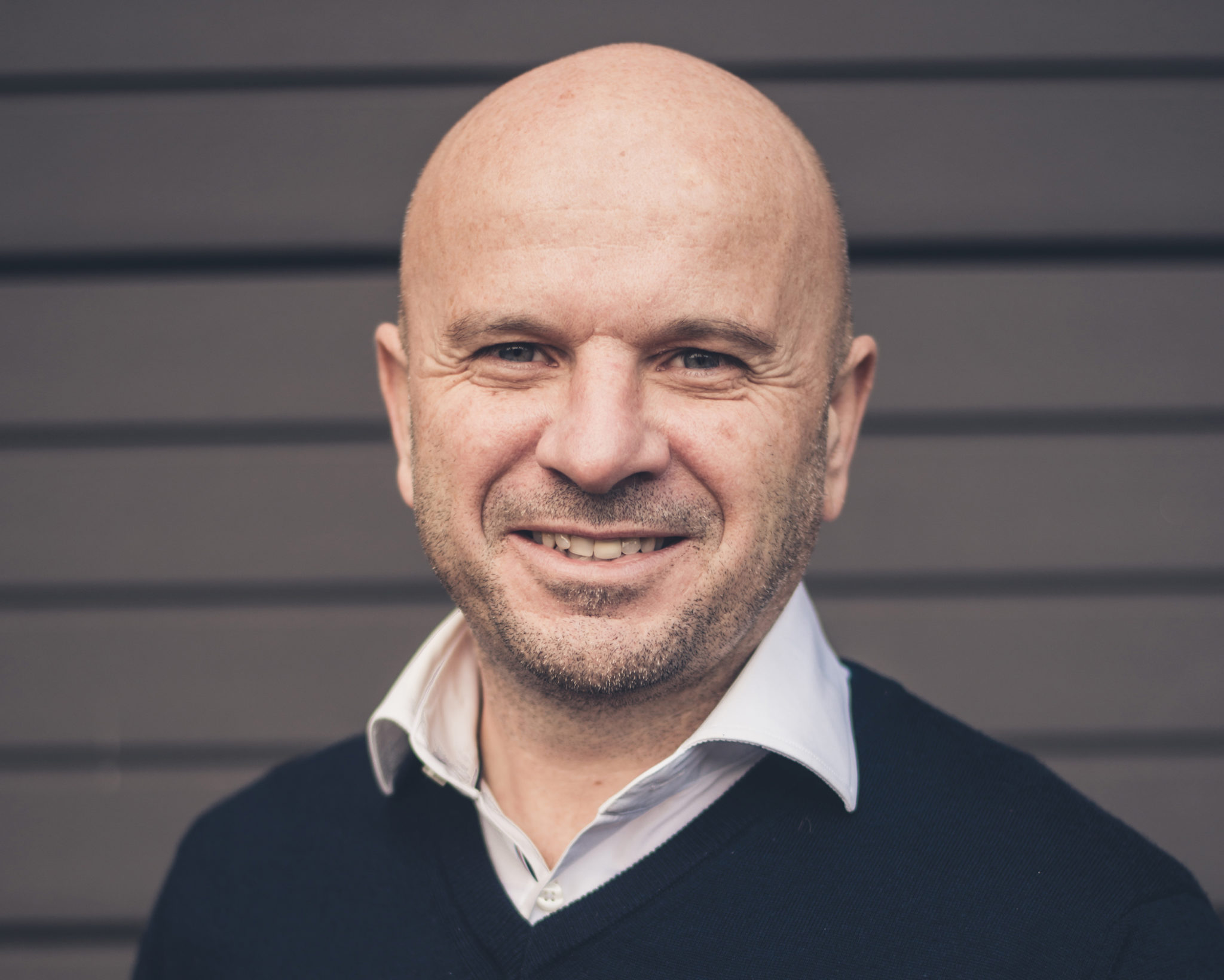Paul Johnson, Co-founder and CEO of Radar Healthcare, speaks with ICJ on the need for integrated care systems (ICSs) to overcome traditional barriers to digital adoption and the key to partnering with the health and social care sector.
It is a more than a well-documented fact that health and care have lagged behind other sectors when it comes to digital adoption. “Often when you engage with a healthcare organisation, they are used to doing things that are chronic, that involve labour-intensive manual processes and as such, you often find they have structured themselves accordingly to these types of processes,” says Paul Johnson, reflecting on why health and care has taken so long to develop true digital momentum.
“As a result of these structures, digital readiness and understanding of what a digital system can bring is not always there within health providers.”
Paul, who has a passion for the impact technology can bring, co-founded risk and quality software provider Radar Healthcare with Lee Williams in 2012. The company’s award winning software is currently used by over 70,000 users across several health providers in the UK and abroad. The software manages incidents, action plans, audits and helps control risk. Radar Healthcare’s analytics module uses AI and machine learning to collate this data to improve safety and quality of care.
“There can be a tendency to overcomplicate approaches to digital innovation.”
Paul Johnson, Co-founder and CEO, Radar Healthcare
Reflecting on the genesis of the software, Paul shares, “after we began working in health and care, it didn’t take long to recognise that the sector was in need of systems that were able to properly manage risks and satisfy auditing, compliance and quality while improving safety.
Ironic positives can be taken from the impact of the Covid-19 pandemic, when gaps in digital readiness and capability were spotlighted across the sector. This shift towards digital solutions has seen new suppliers enter the market. In many ways, firms such as Radar Healthcare have found themselves using their unique position within the sector to help improve understanding around the benefits that technology could bring. “Even internationally, that mix of being in all the healthcare sectors and providing an end-to-end solution has now put us in a good position to advise, guide, and be a part of supporting ICSs as they develop”.
Key to partnering with the health sector
“There can be a tendency to overcomplicate approaches to digital innovation, particularly when we’re discussing systems such as AI or machine learning,” continues Paul. “In reality, we have found that the most valuable commodity within health and care is people’s time. Systems and initiatives that can reduce the time spent on administrative tasks will deliver immense value.
“Fundamentally, what we are trying to do is to help providers deliver the best care. We do that by providing them with data to make informed decisions about their system and use technology that will help them drive greater independence for patients and end users.”
“I’m positive about the initiative of integrated care, but fearful of the outcome.”
Paul Johnson, Co-founder and CEO, Radar Healthcare
While the end goal will always centre around delivering a better experience for staff and patients, Paul insists there is no one-size-fits-all to deploying digital systems; “probably 90 per cent of the deployments we work on will never be the way that the provider originally envisaged. When we work with the customer and we do it in a partnership, we don’t dictate as to what the system should be; we tailor the system accordingly.”
Paul states that, while Radar Healthcare’s software is a highly configurable platform that can be tailored to quite specific needs of trusts and care providers, it would never be beneficial to sell a system to somebody if it wasn’t going to help deliver a better outcome for patients. “We always start by asking, what is it that you’re looking to achieve? What is the outcome that you want to bring about? We’re so passionate about making a real difference.”
Digital integrated future
On the current progress of ICS development, Paul notes a certain sense of apprehension in certain corners of the sector, saying: “I’m positive about the initiative of integrated care, but fearful of the outcome.”
Software solutions like those offered by Radar Healthcare offer the chance for full digital integration across an ICS. The software can support each part of the system to work collaboratively, while also making intelligent use of data and information. It can be used not only to make preparations for CQC inspections, clinical audits, and incident management and to improve internal communication, but also to manage complaints and administer patient satisfaction and staff surveys.
“We are already seeing decisions getting tied up in governance and who has the authority to procure against what.”
Paul Johnson, Co-founder and CEO, Radar Healthcare
With a system like this, it is possible to create a consistent approach for managing governance processes and have full assurance that no matter what part of the ICS, both negative and positive events are being investigated and actioned and people are learning, improving and sharing feedback.
“The luxury of providing a platform such as [Radar Healthcare’s] is that it positions us extremely well to highlight where technology could be adopted better,” says Paul.
As one representative from Somerset NHS Foundation Trust put it: “The way Radar Healthcare links across all streams of work and pulls them together is like a big jigsaw built around the patient.”
While generally positive about any move to integrate disparate parts of the sector together, Paul suggests that the size and makeup of ICSs could hinder agility when it comes to implementing solutions at ground level.
He explains: “I worry that they almost become like individual oil tankers, so they won’t have the agility to implement initiatives to create tangible gains made in the short term, because we are already seeing decisions getting tied up in governance and who has the authority to procure against what.
“That’s my only fear, that they will not have the ability and agility to make quick decisions that can improve patient care. I just hope we’re not moving the furniture around again.”
Metrics for future digital success
Scepticism about the future success of integrated care can be partly put to a lack of established metrics for what good outcomes actually look like, and whether Key Performance Indicators should be rooted in population health outcomes in waiting targets or elsewhere.
“Very few can definitively say what the KPI is for an ICS. If you are going to measure yourself, it’s no good saying, ‘well, we’re going to improve healthcare outcomes’ without something that truly defines system success.”
For Paul, a crucial component of ICS success will be whether they are able to address the disconnect between providers and suppliers and bridge different understandings of KPIs and metrics. Integral to this will be whether the system can use companies such as Radar Healthcare to help establish clearer metrics for success that are relevant to that locality. It is superfluous to measure success if you don’t know what you’re trying to achieve.
Effective use of reporting software and other digitally enabled tools can help join services together at a ground level to enable tangible patient improvements. Harnessing such technology will be a crucial part of the integrated care jigsaw.

